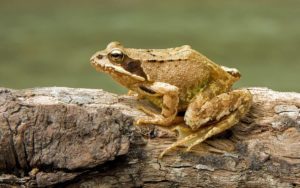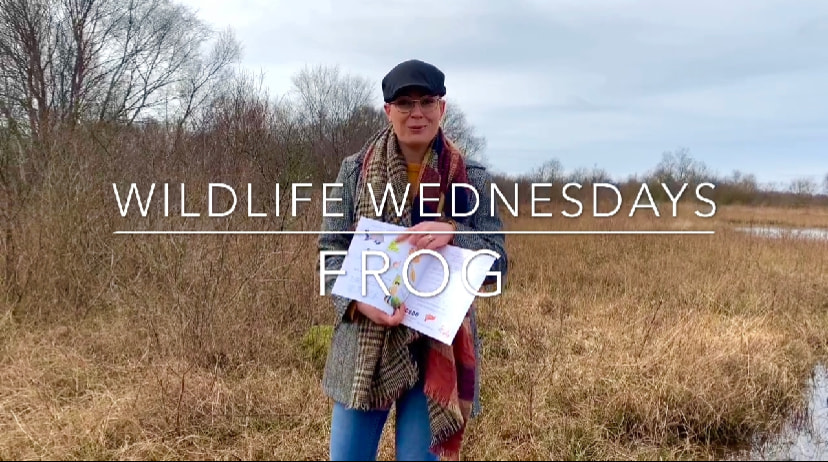Welcome to Wildlife Wednesday’s.
Our weekly dive into our beautiful Irish wildlife.
This series is designed to help your family reconnect with Ireland’s unique and wonderful wildlife.
Each week we cover a new animal or bird that appears in the Johnny Magory book series.
This week we cover the Common Frog at Ballynafagh Lake, Co. Kildare Ireland.


Here’s some key facts to recap:
- Average life expectancy 10 – 15 years.
- The Common Frog (Rana temporaria) is the only species of frog found in Ireland.
- There are three species of amphibian found in Ireland – the Natterjack Toad (Epidalea calamita), the Smooth Newt (Triturus vulgaris) and the Common Frog (Rana temporaria). The Natterjack toad is extremely rare and is confined to a few areas in Counties Kerry and Wexford.
- Frogs are amphibians which means they can survive in the water and on land.
- When frogs leap they draw eyes their back into their sockets to protect them from damage.
- A frog’s skin is loose on its body and moist. Under the water they breathe through their skin.
- The colourful patterns on the frog’s skin help to disguise it from enemies such as rats, herons and hedgehogs. A frog can also make its skin become darker to match its surroundings. This colour change takes about two hours.
- Frogs have four fingers and five toes. The webbed feet are like flippers and help the frog to swim away from danger very fast. The frog’s hind legs are very muscular which helps it to swim in the water and leap on land
- Frogs feed on slugs, insects, worms, spiders and similar prey.
- In winter frogs hide in frost-free refuges, under tree stumps, in stacks of turf, or in rock piles where they enter torpor until the following spring.
- They breed around February and spawn around March, Tadpoles hatch and grow from April to May, Tadpoles metamorphose into froglets, and leave the pond in June/July.
- Human hands have natural salts and oils that can irritate a frog’s skin, so handling the animals with dry hands can cause severe problems for them, even death; so, wash and keep them moist if you must touch them.
- See IPCC.ie for more froggy facts!
Visit our FREE Animal Directory here
Follow our Instagram to stay up to date with the latest in our World.
#JohnnyMagory #IrishWildlife #JohnnyMagoryWorld #wildlifeWednesdays

